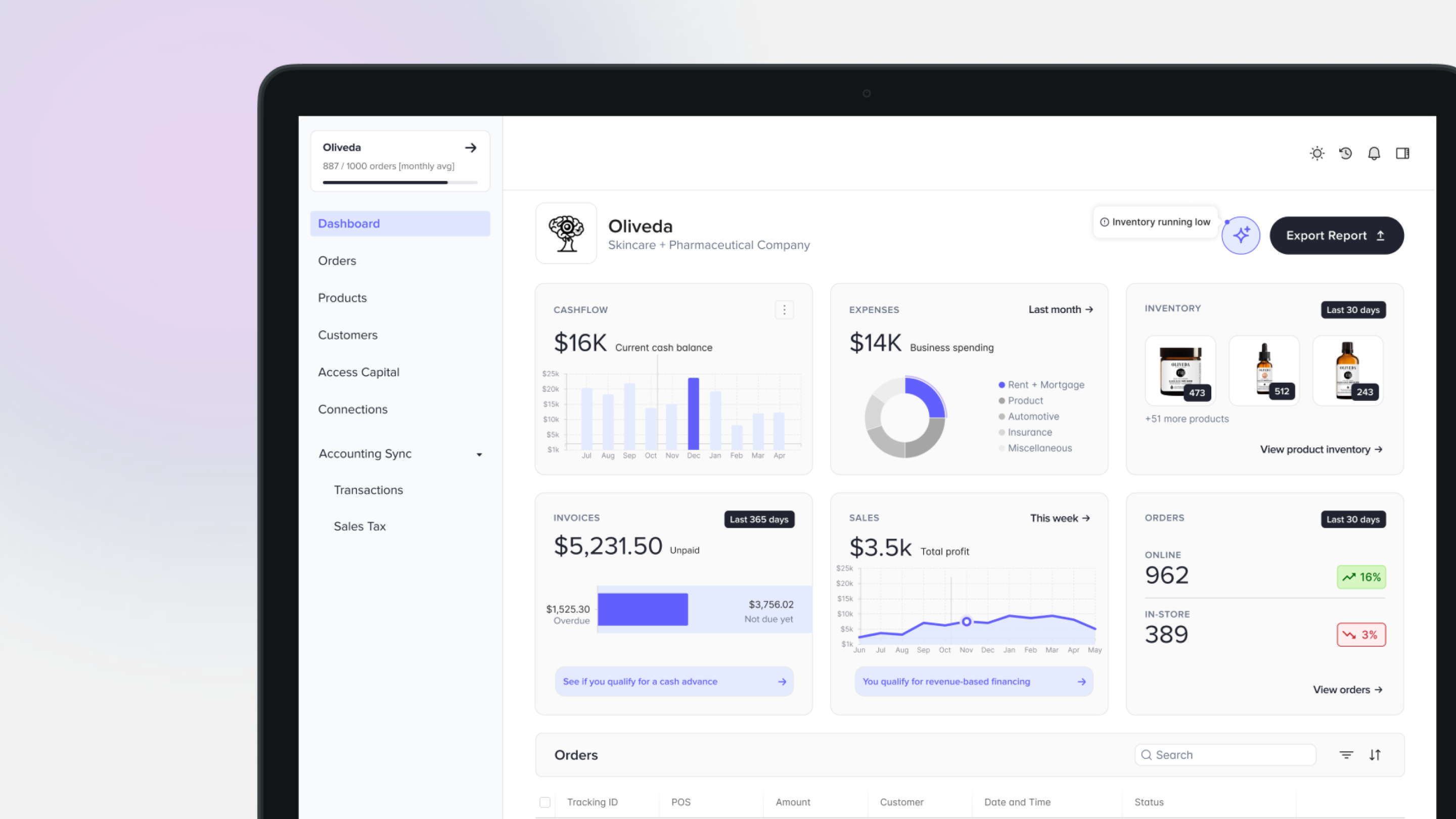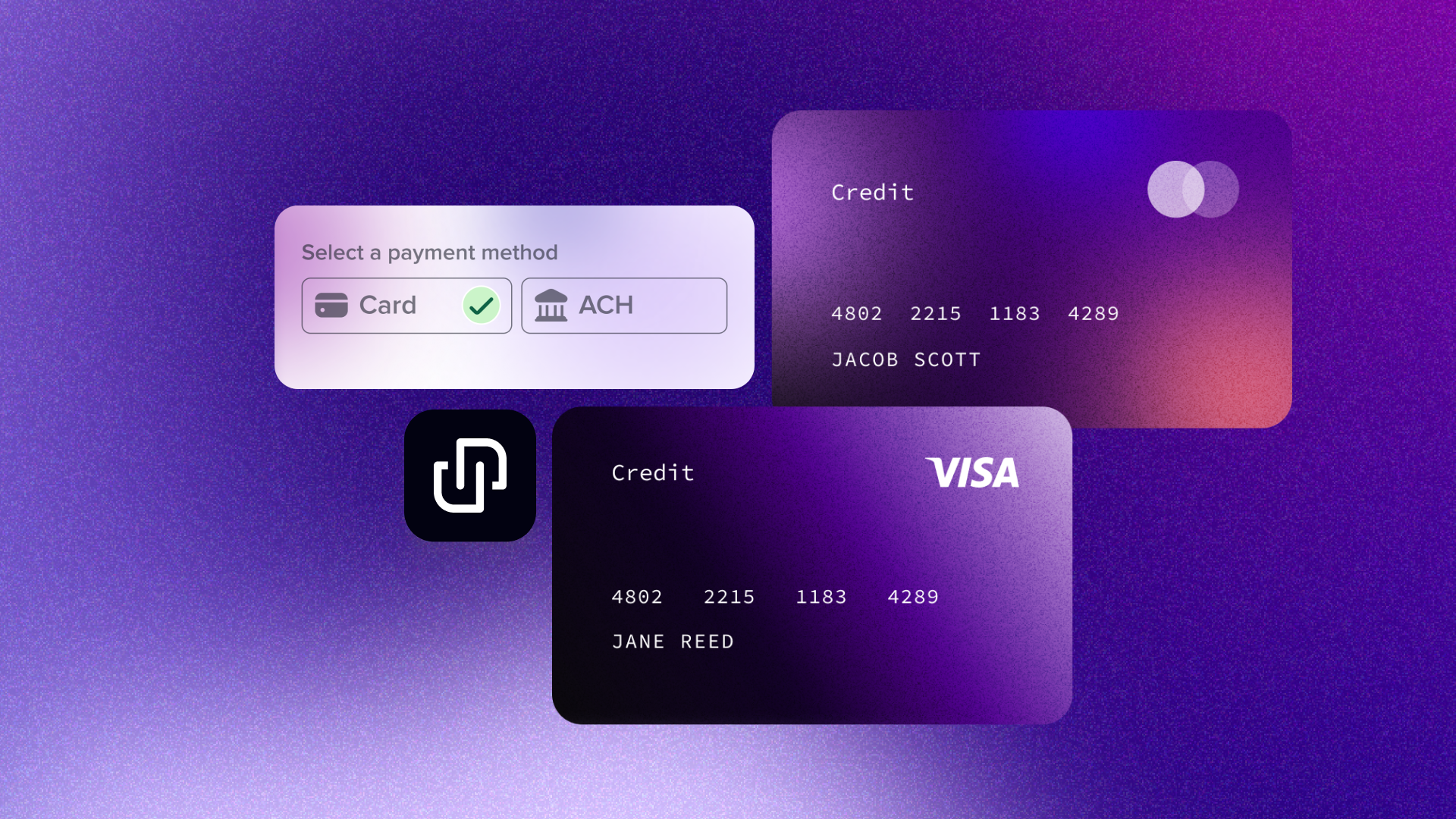
Over the past few years, commercial card programs have grown significantly—approximately 70–80% of small businesses now use at least one card for supplier purchases.
As a result, many fintechs and banks are investing in their supplier enablement and commercial card programs—adding product features, better rewards, and exclusive deals with merchants to accept card.
However, a key problem exists today: the lack of clear, actionable data around vendor card acceptance and card fees. Many companies employ relationship managers or automated campaigns to drive card adoption when they spot opportunities to convert ACH or check payments to card—but how do you get those insights in the first place?
Today, corporate card issuers struggle to find the right dataset to use for activating vendors with card. By default, many spend management companies or banks will rely on Visa/Mastercard datasets such as the Supplier Matching Service or Track Search API, which return a very limited output and confidence intervals. Due to issues with getting granular vendor data such as address information / phone numbers, we’ve observed that companies relying on these datasets typically get ~15-20% vendor acceptance rate for card, with no information on card fees, etc. While this does lead to some opportunities to convert spend to card, there are plenty of gaps here and opportunities that will be missed.
From our own experience deriving card acceptance data and learning from top companies in the space doing supplier enablement, we’ve identified three key signals for identifying strong evidence for merchant card acceptance, that should be used together with payment network data. When leveraging these signals effectively, we see results of 30-40% of cardable vendors identified for a business, which is 2x-3x the amount that just using Visa/Mastercard APIs will provide.
- ERP & accounting data
- Online vendor documentation, e.g. support documents or FAQs
- First-party data
ERP & accounting data can provide a direct source of vendor spend & identifying information including addresses, phone numbers, websites, and emails. In many cases, the ERP data is the basis of vendor spend reports being shared manually, by extracting this automatically this can reduce customer friction and enhance the results of Visa/Mastercard analysis by pulling all data available vs. limiting output to an exported report. Along with this, ERP data can provide the following signals:
- Historical payment methods for vendors and what cards are actively being used. For example, a customer might record that they pay Vendor A with an American Express card. This is direct evidence from the ERP that card payments are possible, and a potential opportunity to look at for a card issuer.
- Rich invoices & receipts data from attachments. In many cases, invoices from a vendor are synced as files into the ERP, and these contain information around remittance information, payment methods, and card fees. Leveraging the right OCR technique to extract this data can uncover many missed opportunities.
Online vendor documentation such as support pages can mention specifics around billing methods and payment terms. For example, many SaaS vendors will be upfront in their help docs where credit card information can be modified. Others will explain specific scenarios where cards cannot be used. Google Ads is notable for allowing card payments for charges on an ongoing basis, but disallowing card when customers use invoiced billing on a monthly basis.
Finally, first-party data from card transactions is a rich source of data that every card issuer should be building from the beginning. Ramp is a well-known example of recording and learning from every charge made on the platform, and even making the data publicly accessible via their ChargeFinder tool.
The future of commercial card programs is exciting, and more businesses are leveraging credit card payments as working capital with their suppliers. We highly recommend leveraging the signals above to help grow your card spend program. However, we know from experience that building out the right technology to connect with customers’ ERPs and extract rich file data is challenging. Rutter’s Supplier Enablement product is tailored to card issuers to help easily retrieve these signals and automate key parts of the commercial card adoption process. To learn more, book a demo with us today.





